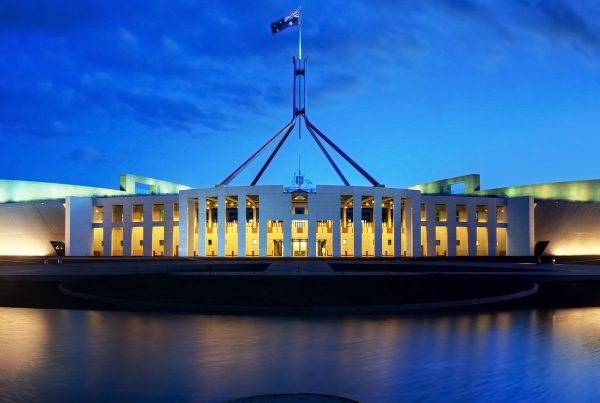Of the four types of readily available energy (petroleum, coal, nuclear and gas) gas seems to have the potential to be the most environmentally friendly. However, there are legitimate concerns about the environmental and social impacts, especially given that most gas explorers seem to take 1950′s view to community relations.
These have now been addressed by the International Energy Agency (IEA). A special World Energy Outlook report on unconventional gas, Golden Rules for a Golden Age of Gas, released on May 29th in London by the IEA, presents a set of “Golden Rules” .
NSW and Qld governments will no doubt take note that, as the press release states – “The Golden Rules underline the importance of full transparency, measuring and monitoring of environmental impacts and engagement with local communities; careful choice of drilling sites and measures to prevent any leaks from wells into nearby aquifers; rigorous assessment and monitoring of water requirements and of waste water; measures to target zero venting and minimal flaring of gas; and improved project planning and regulatory control.”
The report also spells out a pessimistic outcome – where issues are ignored, and public acceptance is not forthcoming….
Below is how Michael Levi from the Council on Foreign Relations has reviewed this document.
Safe Fracking Looks Cheap
Posted on May 29, 2012 11:17 am by Michael Levi
The public battle over fracking tends to emphasize extremes: some say that shale gas can’t be developed safely; others say that new regulation would kill the industry. But a third set of observers (myself included) has claimed that smart new rules would boost costs only marginally, while building public acceptance for drilling. A new study from the International Energy Agency (IEA) adds serious support to this middle way.
The study, “Golden Rules for a Golden Age of Gas”, is worth reading in its entirety – it’s a great assessment of the environmental challenges involved in developing unconventional gas and of ways to address them. What jumps out at me, though, is how the authors have gone beyond the usual hand-waving claims about how steps to ensure safe drilling shouldn’t be too expensive. Instead, they’d actually done some concrete cost estimates.
The verdict? Adopting “Golden Rules” for shale gas development would add a mere seven percent to the cost of each well. And though the IEA report doesn’t discuss this the impact on the price of gas, at least in the United States, would be even less, because some of the cost of delivered gas has nothing to do with well expenses: distribution costs, for example, would be unaffected by new drilling rules; severance taxes and impact fees wouldn’t change; and corporate taxes would presumably fall a bit, since many compliance costs could be written off. If you think that delivered gas will ultimately cost five dollars for a thousand cubic feet, the IEA is saying that its golden rules would add less than thirty-five cents. Contrast that with the much bigger impact of a backlash against drilling, and you have a pretty compelling case.
So what do the IEA “Golden Rules” entail? Some extra spending on “cement design, selection and verification”, together with a bit of extra drilling time to make sure that things are done right. Green completions would be required to avoid flaring and venting. Green fracturing fluids and rock solid treatment of produced water would protect groundwater resources. The IEA even includes costs for soundproofing rigs and implementing some trucking restrictions in order to reduce noise pollution.
The authors indicate that this suite of measures is an upper bound on the costs of a smart environmental approach. They observe that large-scale development creates additional ways to improve environmental performance while actually reducing costs. Economies of scale, for example, can make better water infrastructure make simple economic sense, reducing truck trips and improving safe disposal. “Systematic learning” about shale areas can reduce the number of dry wells and unnecessary fracture stages, improving economics while reducing environmental footprints. All told, the authors estimate that these and other steps could cut costs by five percent. In case you’re keeping track, that’s a net impact of two percent on production costs for large-scale development.
The IEA estimates, of course, are extremely crude. It wouldn’t be surprising to see compliance costs twice what they estimate – or half. Either way, the bottom line remains: smart regulation of shale gas looks like it would be relatively cheap. It’s the excessively hands off approach that could turn out to be a lot more costly.





